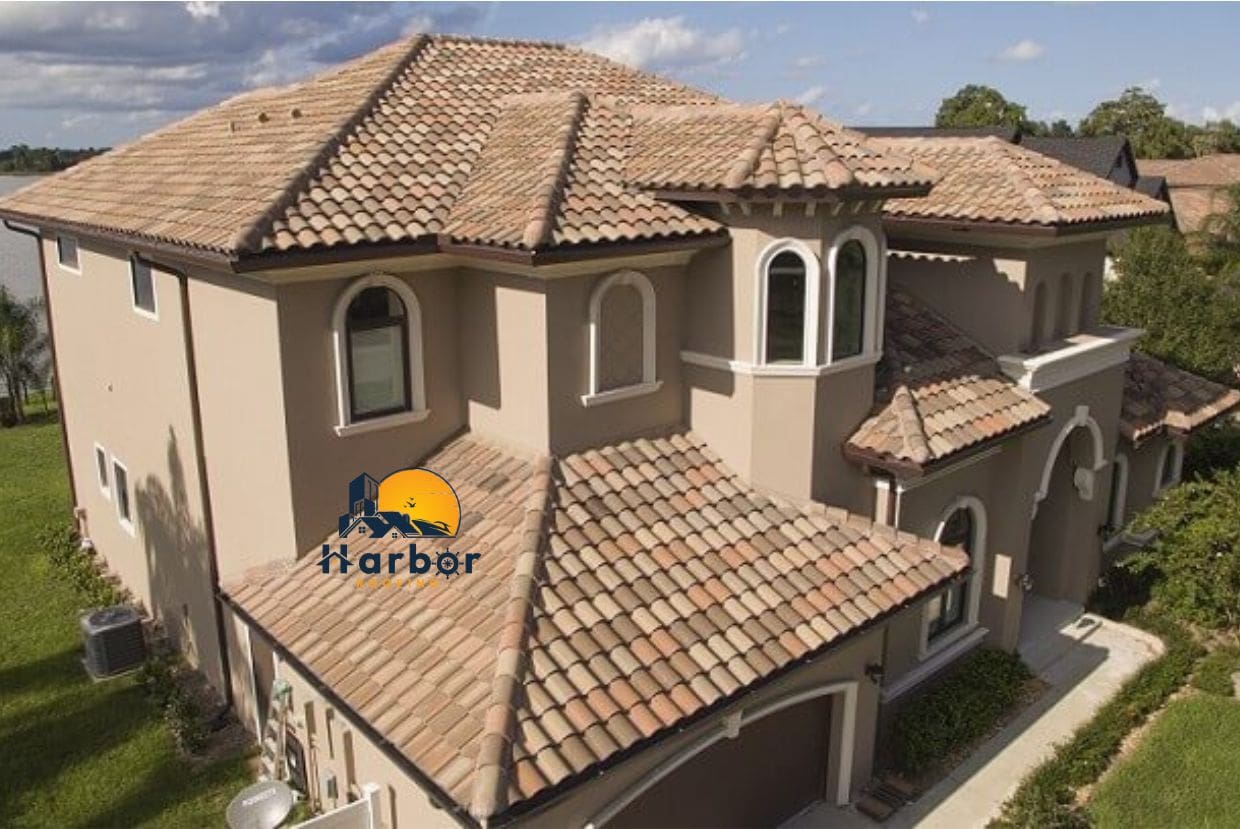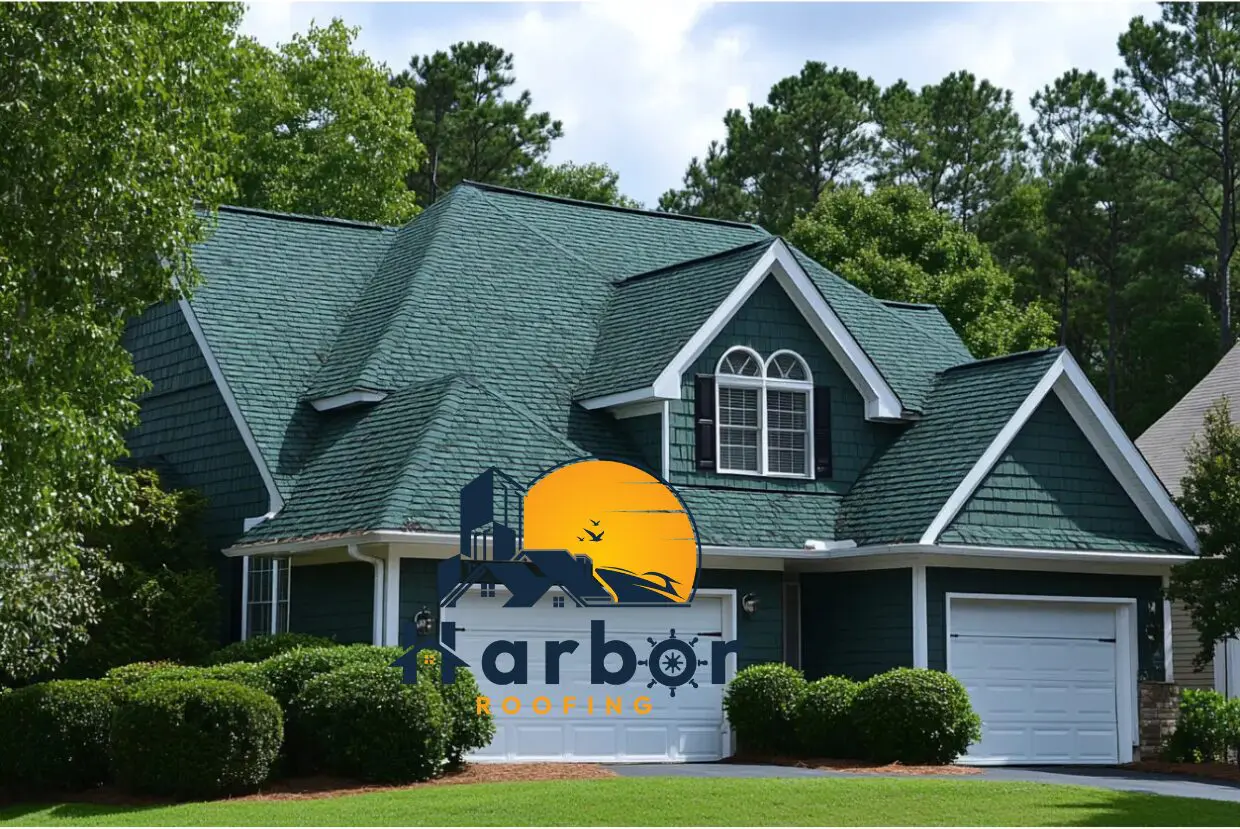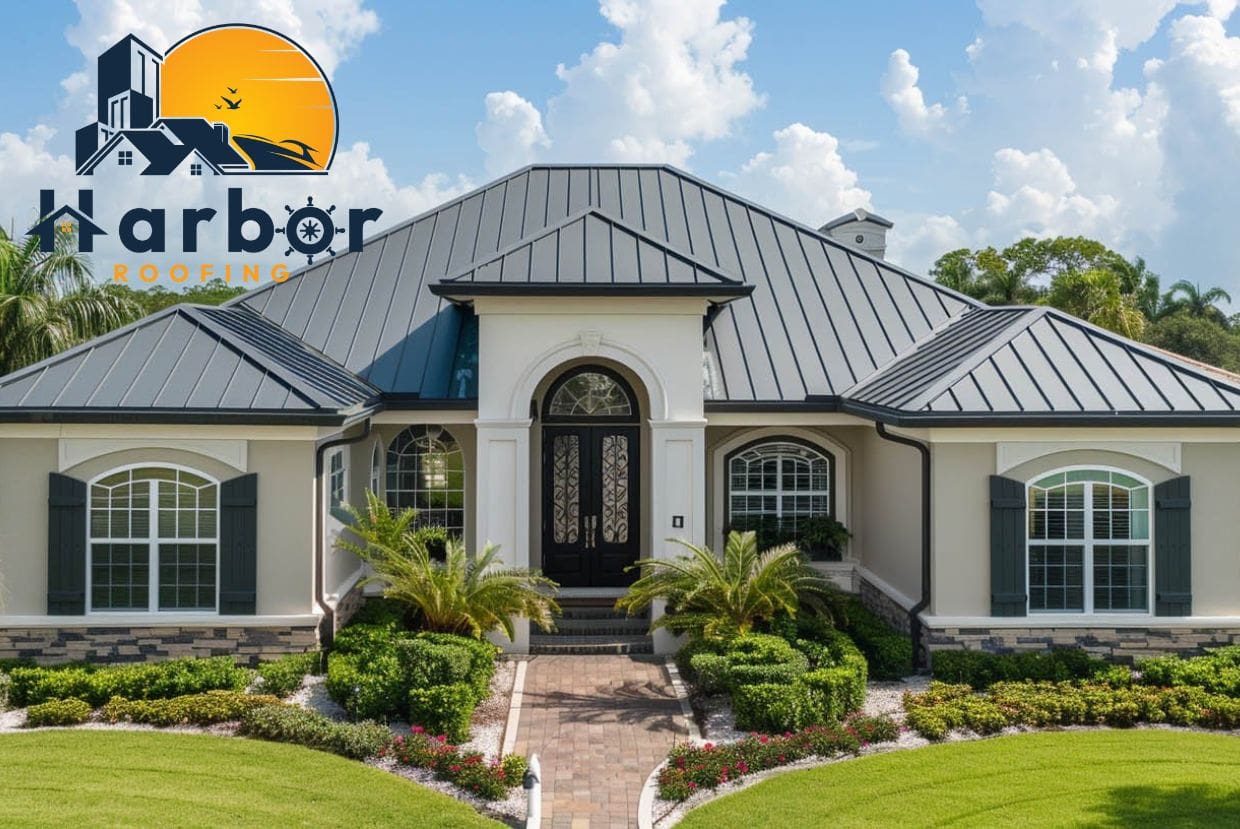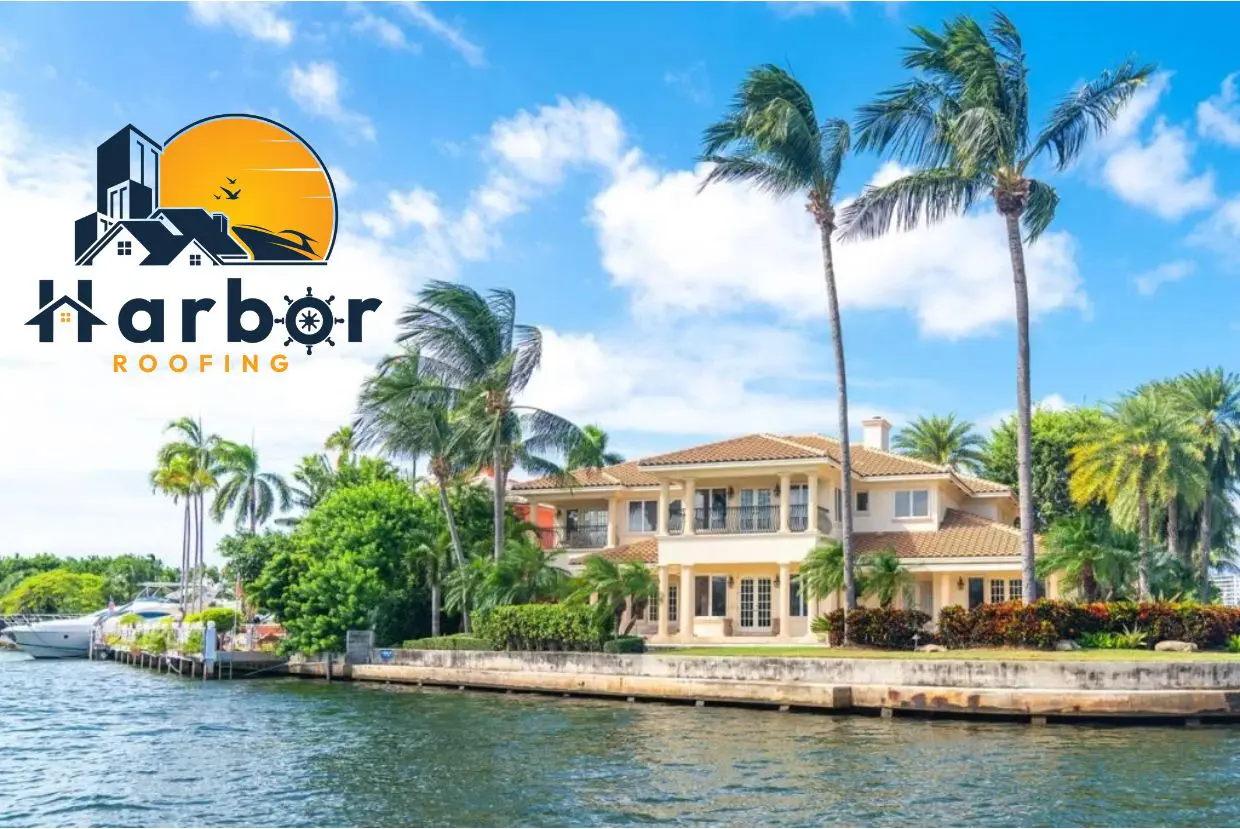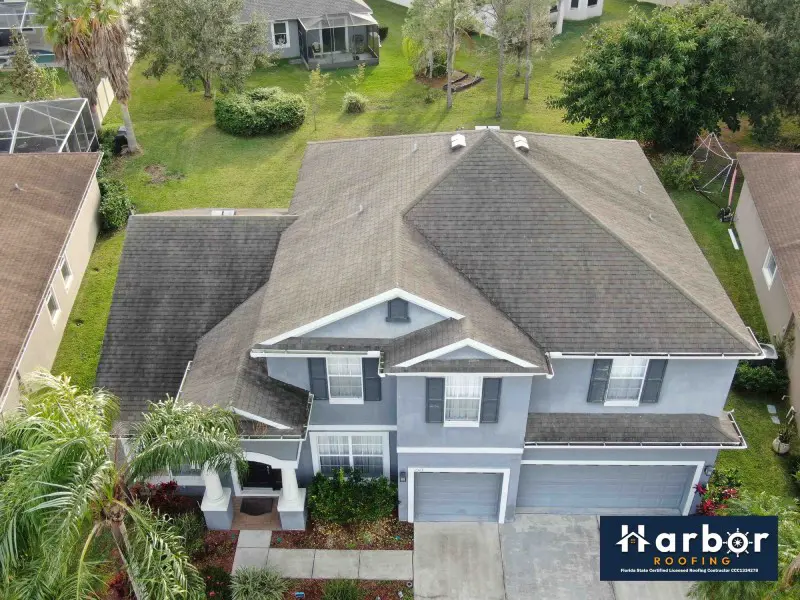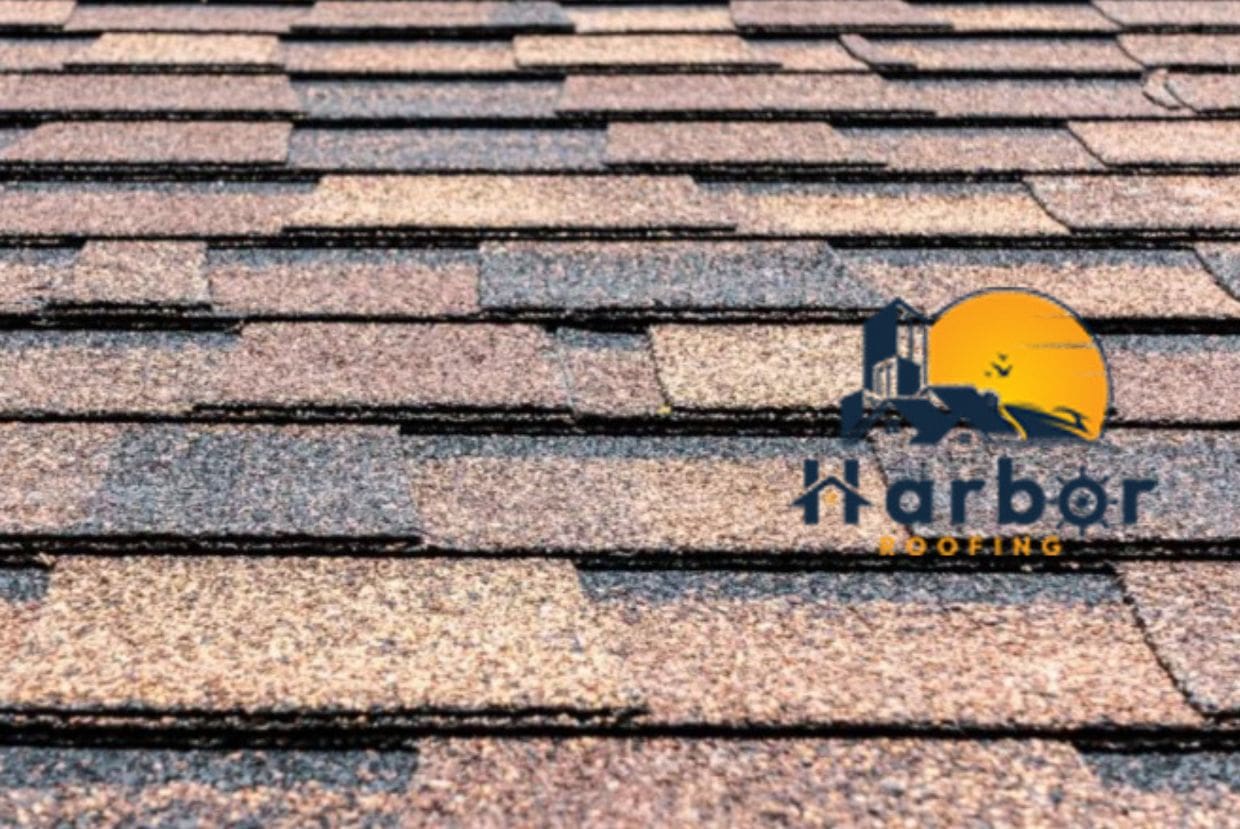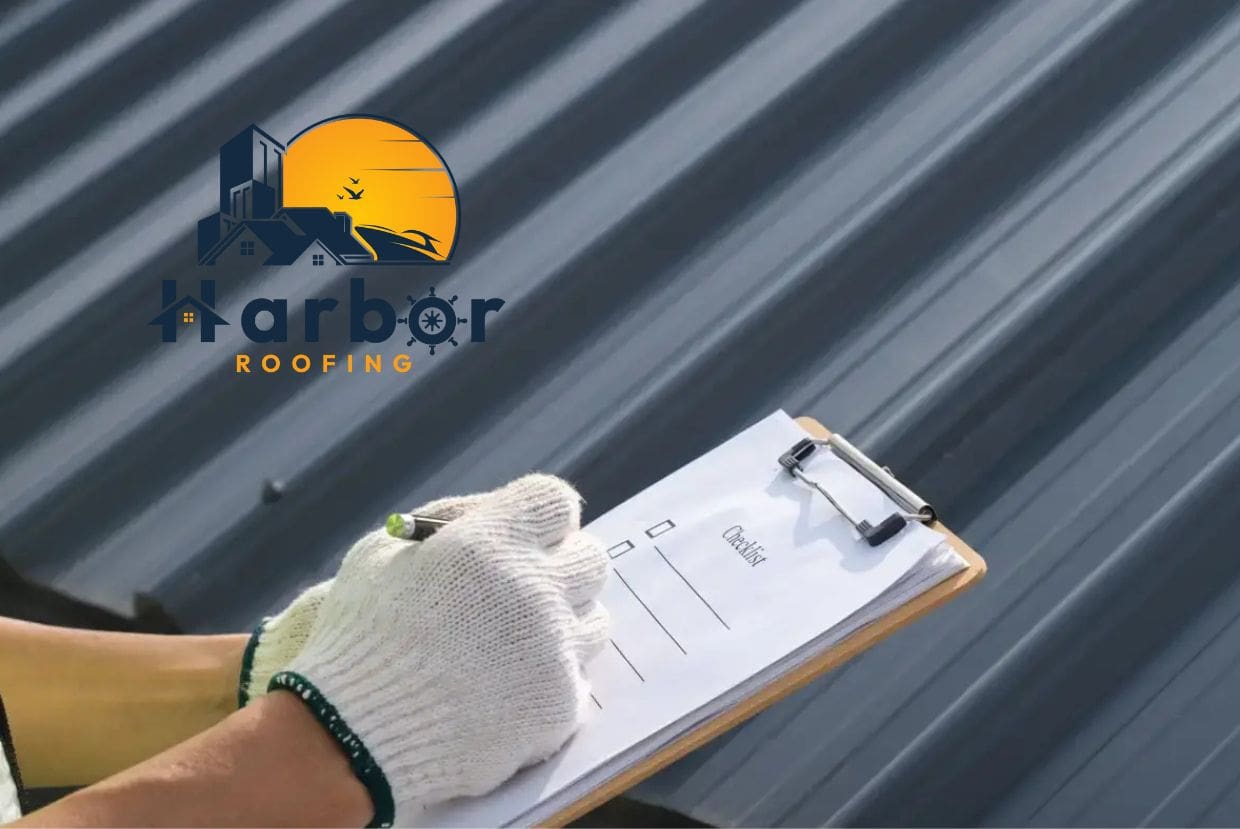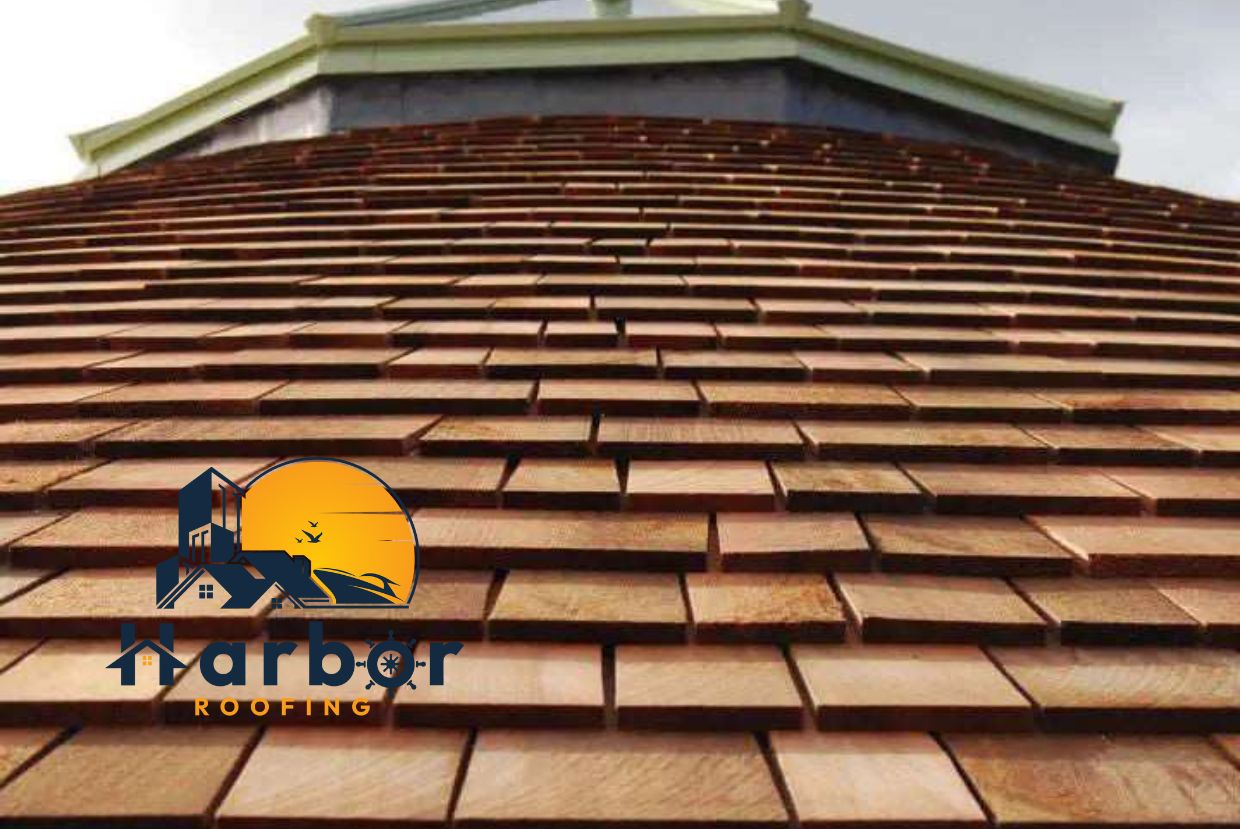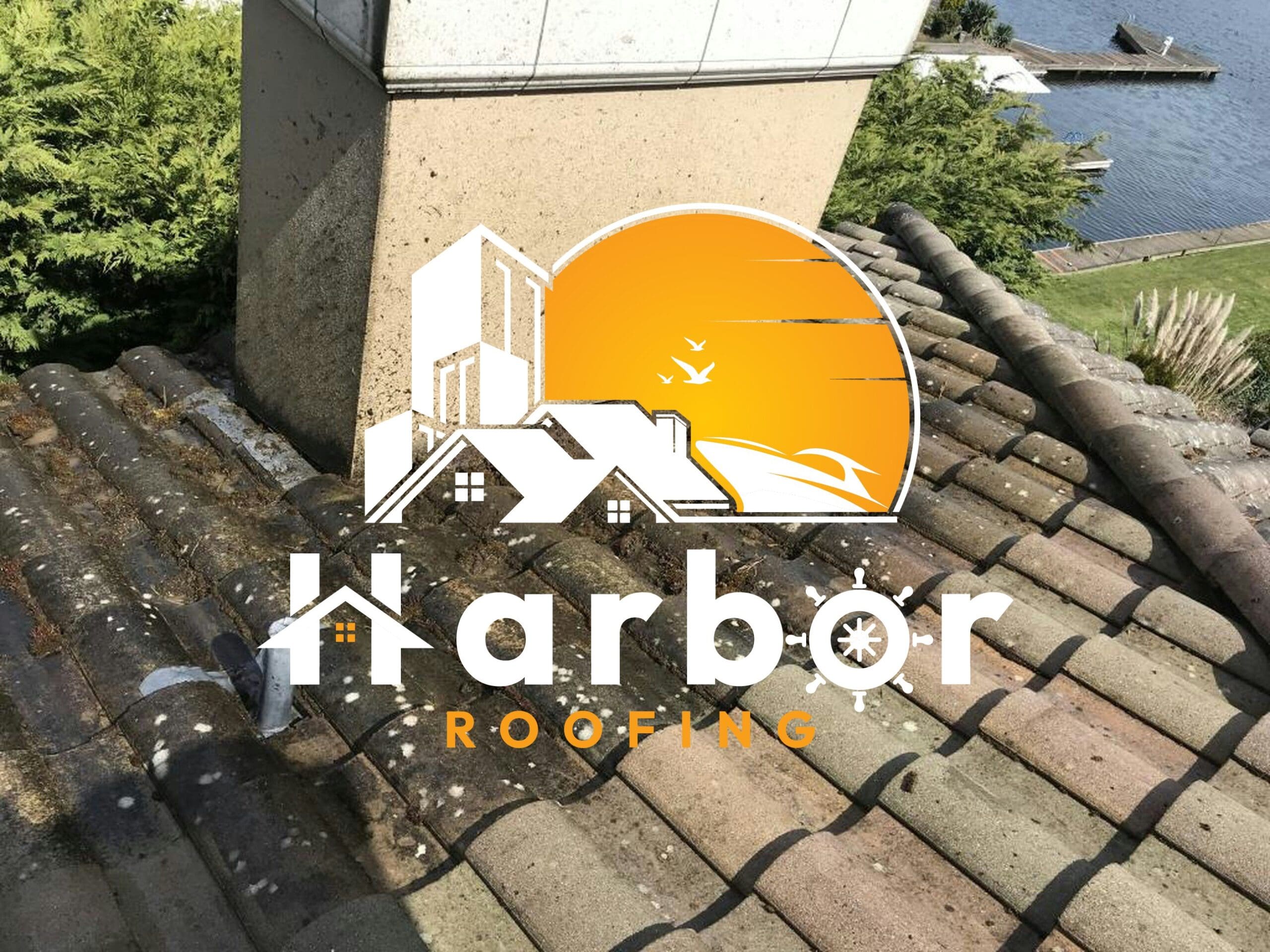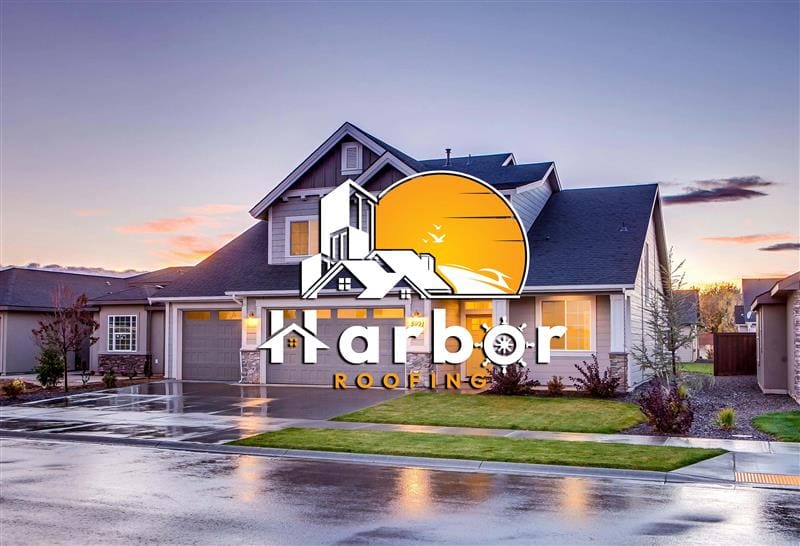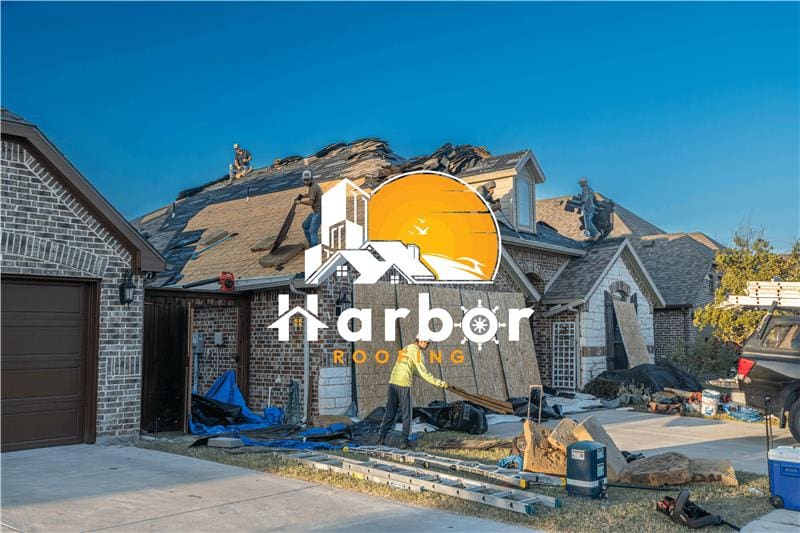From burning sun to sudden tropical downpours and the occasional hurricane scare, Florida roofs basically deal with a lot. Choosing a roofing material for hot climates should be beyond aesthetics. Therefore, when choosing the best roofing materials for heat in Florida, you should consider durability, comfort, and long-term cost.
In this article, we will break down the best roofing options for Florida’s unique weather. Additionally, we will discuss what to avoid and provide tips for maximizing your roof’s performance. Whether installing a new roof or replacing an old one, this guide will help you make the best choice for your location.
Factors That Affect Your Roof’s Performance in Florida

High Heat and Humidity
In Florida, the heat is brutally hot. Such high temperatures can cause roofing materials to expand and contract throughout the day, potentially leading to warping, cracking, or premature deterioration over time.
On the other hand, humidity refers to the constant presence of moisture in the air. This moisture can creep into roofing layers, weakening the material from the inside out. Additionally, it creates the perfect breeding ground for mold, algae, and mildew, especially in shaded areas of the roof or homes with poor ventilation. Over time, this combination shortens the lifespan of your roof. It may impact the quality of the air in your home, as well as your overall energy efficiency.
Coastal Environment
Living near the coast means you will have unlimited access to the sweet ocean breeze. However, it also means your roof will be exposed to salty air that accelerates corrosion, particularly on metal components such as fasteners, flashing, gutters, and even the panels themselves. The effect is even worse if they are made from uncoated or low-grade metals. Subsequently, this corrosion weakens the roof’s structural integrity, potentially leading to leaks or roof failure. Salt can also wear down protective coatings or stain surfaces, especially with continuous exposure.
Storms and Hurricanes
Florida weather swings like moods. One minute, it is sunny, and in the next, it is stormy. If your roof isn’t weather-resistant, it will easily succumb to the pressures of these extreme weather conditions during the summer in Florida.
High winds can lift shingles or tiles, especially if the roofer doesn’t install them properly or they are lightweight. Once the outer layer is compromised, rain can seep in quickly, damaging your roof deck, insulation, and even the interior of your home. Flying debris is another hazard that can puncture or crack roofing materials.
UV Radiation
Florida receives a significant amount of sunshine throughout the year, and with it comes constant exposure to UV rays. These rays slowly break down the chemical bonds in roofing materials, especially asphalt shingles, rubber membranes, and even some synthetic components. Over time, the prolonged exposure dries out these materials, making them brittle and prone to cracking, curling, or splitting. When this degradation happens, it affects the roof’s performance and appearance.
Key Qualities to Look for in Florida Roofing Materials
When picking the best roofing materials for heat in Florida, focus on these qualities:
- Heat resistance: The material should reflect sunlight or insulate against heat buildup.
- Moisture resistance: It should be resistant to mold and deal with rain without deteriorating.
- Durability: The roofing material should be able to withstand intense winds and storms.
- Energy efficiency: A good roofing material will help lower cooling costs and keep your home comfortable.
Best Roofing Materials for Heat in Florida

Metal Roofing
Metal roofs are a top choice in Florida, and for good reason. They reflect heat, resist moisture, and have some degree of resistance to mold and mildew. Metal roofs are also lightweight and durable enough to withstand hurricane-level winds. Applying a protective coating to your roof every few years helps boost reflectivity and prevent rust from forming.
Pros and Cons of Metal Roofing
Pros
- Long lifespan of about 40 to 70 years
- Energy-efficient and eco-friendly
- Resistant to fire
- Excellent for rainwater runoff
Cons
- High initial cost
- Can be noisy during rain unless insulated
- Not suitable for coastal areas (aluminum or coated steel is a better option for coastal environments)
Clay and Concrete Tiles
Clay and concrete tiles are a classic choice for Mediterranean-style homes, bringing a sense of timeless beauty to Florida roofs. Their natural insulation and resistance make them a practical and elegant option. Additionally, they help roofs stay cool by allowing air to pass underneath. This adds to their appeal in Florida’s hot climate. Regular inspection is necessary to maintain their integrity, especially after a storm has passed.
Pros and Cons of Clay and Concrete Tiles
Pros
- Excellent in high heat
- Long-lasting and can reach up to 50 years
- Resistant to rot, insects, and fire
- Stylish, especially in coastal communities
Cons
- Heavyweight (hence, you need to reinforce your home structurally)
- Fragile when walked on
- Higher cost
- Complex installation
Asphalt Shingles
Traditional asphalt shingles may not be ideal, but upgraded architectural shingles designed for high performance are a budget-friendly and convenient option. They are widely used in Florida, offering durability without breaking the bank. Modern architectural shingles are designed with better resistance to heat, wind, and algae growth. When choosing shingles, go for ones that are algae-resistant and a light-reflective color to keep the roof cooler.
Pros and Cons of Asphalt Shingles
Pros
- Affordable
- Easy to install and repair
- Some varieties have wind resistance up to 130 mph
Cons
- Shorter lifespan of 15 to 30 years
- Can degrade faster under extreme sun and moisture if not of high quality
Slate Roofing
If you want beauty and bulletproof durability, slate is a strong contender. Slate is naturally heat-resistant, fireproof, and doesn’t absorb moisture. It’s perfect for withstanding Florida’s extremes if you can afford it. To prevent cracking and maintain its integrity over time, schedule professional inspections.
Pros and Cons of Slate Roofing
Pros
- Has an extremely long lifespan and can last between 75 and 100 years
- Stunning natural look
- Resistant to mold, mildew, and insects
Cons
- Very expensive
- Heavy and needs strong roof support
- Installation requires expertise
Synthetic Roofing
Don’t overlook synthetic roofing materials, including rubber, polymer, and composite. They are designed to mimic natural materials like slate or wood, but without their weaknesses. They’re lightweight, resistant to humidity, and can be built to resist wind, UV rays, and algae. Many also have ratings for impact resistance. These qualities make them one of the best roofing materials for heat in Florida. For an extended lifespan, install synthetic roofing versions with UV inhibitors and long manufacturer warranties.
Pros and Cons of Synthetic Roofing
Pros
- Affordable compared to slate or clay
- Light and durable
- Good mold and moisture resistance
- Some versions are recyclable
Cons
- Quality varies by brand
- May not have the prestige look of real tile or metal
Green or “Cool” Roofs
Green or cool roofs include specially coated or reflective materials designed to reflect more sunlight and absorb less heat. In a climate where your AC works overtime, cool roofing options can drastically lower interior temperatures as well as energy costs. Keep your green roof surface clean to maintain reflectivity, and check for leaks regularly.
Pros and Cons of Green or “Cool” Roofs
Pros
- Energy-efficient
- Reduces urban heat
- Great for flat roofs and commercial buildings
Cons
- Not always suitable for traditional pitched roofs
- Coating may need reapplication every few years
Roofing Materials to Avoid in Florida
1. Wood shingles and shakes: They absorb moisture, promote mold growth, and can rot quickly in high-humidity environments.
2. Low-quality asphalt shingles: These shingles won’t withstand the Florida sun and are susceptible to storm damage.
3. Dark, non-reflective materials: These materials trap heat, increasing cooling bills. Lighter colors are always better here.
Roofing Tips For Florida Weather
1. Proper ventilation is crucial: Hot air needs to escape. Attic ventilation helps prevent moisture buildup and lowers cooling costs.
2. Pick light colors: Lighter shingles or tiles reflect sunlight and help reduce heat absorption.
3. Hurricane-rated options: Look for roofing materials rated to handle wind speeds up to 130–150 mph.
4. Choose a licensed Florida contractor: Local professionals know what works, what’s code-compliant, and how to file for insurance discounts if your new roof qualifies.
Conclusion
The best roofing materials for heat in Florida are those that strike a balance between durability, energy efficiency, and weather resistance. This is simply because living in Florida comes with storms, humidity, and heat that can shorten a roof’s life if you pick the wrong materials.
Metal, clay tiles, synthetic materials, and architectural shingles are all great options. However, you need to be sure they’re suited to your home’s structure and local weather conditions. A good roof will keep you cool, dry, and storm-safe for decades to come.
Frequently Asked Questions
1. How often should I replace my roof in Florida?
The answer is dependent on the type of roofing material. For instance, asphalt shingles may last 15 to 25 years, while metal and tile roofs can last 40 to 70 years or more with proper care.
2. What’s the most affordable roofing option for a Florida home?
Architectural-grade asphalt shingles are usually the most budget-friendly option that still provides solid protection and energy efficiency.
3. Are solar panels suitable for roofs in Florida?
Absolutely! Florida receives abundant sunlight, and solar panels complement metal or asphalt roofs well. However, ensure your roof is in good condition before installation.
